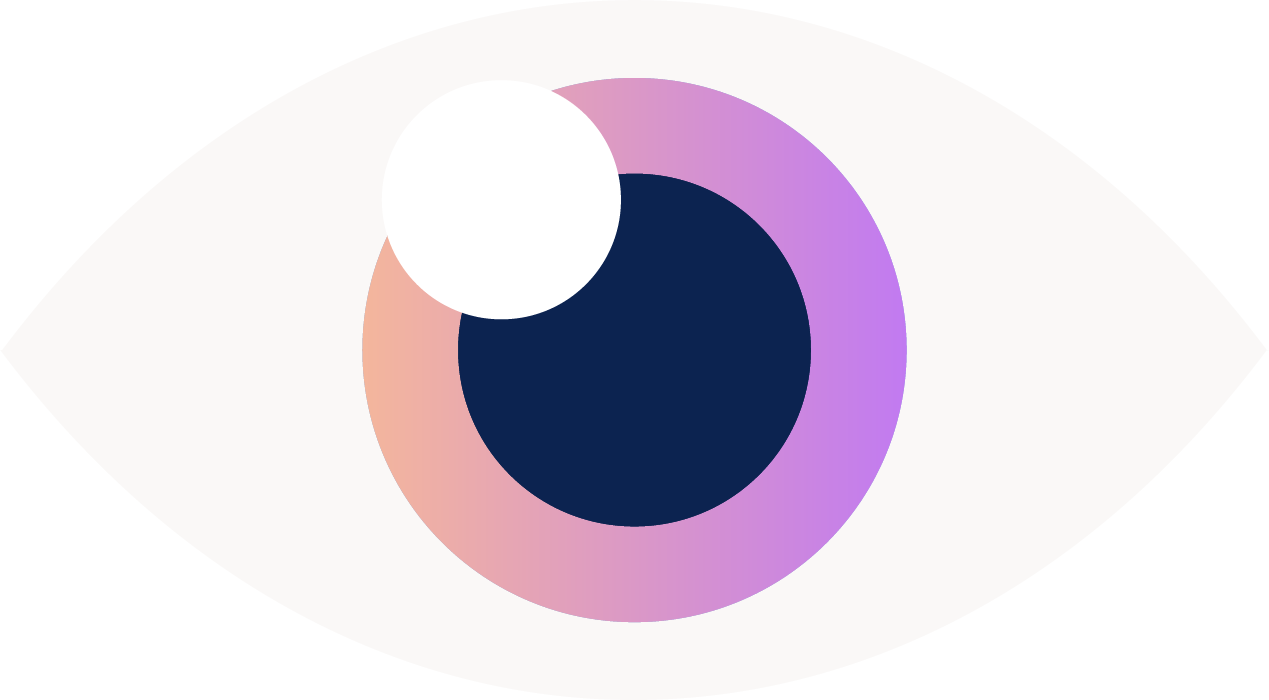Do Nightlights Cause Nearsightedness in Kids? Let’s Talk About the Research
As a pediatric ophthalmologist—and a mom—I completely understand the worry that creeps in when it comes to your child’s vision. There’s so much information (and misinformation) floating around, and one question I get asked a lot is:
“Is it true that using a nightlight can cause my child to become nearsighted?”
This concern goes all the way back to a 1999 study published in Nature that made headlines for suggesting exactly that: children who slept with a nightlight or room light before age 2 were significantly more likely to develop myopia (nearsightedness). It was enough to send many parents scrambling to unplug every glowing object in the nursery.
But here’s the thing—later studies didn’t back this up.
The Study That Sparked It All
The original research seemed compelling. It found:
10% of kids who slept in total darkness developed myopia
34% of those with a nightlight developed it
And 55% of those with a room light did
Scary, right? But science is meant to be tested and retested.
What Later Research Found
Follow-up studies—led by researchers like Dr. Jane Gwiazda (New England College of Optometry) and Dr. Karla Zadnik (Ohio State University)—couldn’t reproduce those results. They found no difference in myopia rates between children who used nightlights and those who didn’t.
So what went wrong?
It likely came down to confounding variables—in this case, parental myopia. Parents who are nearsighted may need a light on to navigate their baby’s room at night. Not necessarily for the child’s benefit, but their own—because their vision isn’t great in the dark. That means the higher rates of myopia were probably tied to genetics, not the nightlight itself.
What Really Increases the Risk of Nearsightedness?
Here’s what research has shown to affect a child’s risk of developing myopia:
👓 If one parent is nearsighted, the child’s risk is 2–3x higher
👓 If both parents are, that risk jumps to nearly 6x
But beyond genetics, there are environmental factors we can control:
🌿 Outdoor time: Aim for at least 2 hours/day
📱 Reduce near work: Excessive screen time and prolonged close-up activities can strain the eyes
👁 Myopia management: For children already nearsighted (or pre-myopic), interventions like low-dose atropine eye drops or peripheral defocus contact lenses can help slow progression
The Bottom Line
If your child finds comfort in a nightlight—don’t worry. It’s not harming their vision. There’s no need to toss it in the trash.
Let’s focus on what actually helps preserve their eyesight: more sunshine, less screen time, and regular eye exams. As always, I’m here to help you navigate it all with evidence-based guidance (and mom-approved reassurance).
Resources:

